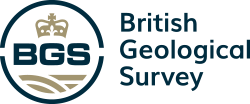World Cities Day: the geological story of our cities
Understanding the rocks that underlie our towns and cities, the risks they can present and how they influence urban planning and redevelopment.
31/10/2025 By BGS Press
Every city has a story hidden beneath its surface, shaped not just by people but by ancient landscapes and geological forces too. Under our streets, buildings and parks lies an unseen subsurface that has a major influence on how our cities function, grow and adapt.
On World Cities Day, we are highlighting urban geoscience — the study of the ground beneath our towns and cities — and why understanding this hidden world is essential for building safer and more resilient urban environments.
What is urban geoscience?
Urban geoscience helps us to understand the geology and both the natural (for example, ancient river valleys and glacial deposits) and human-made features (for example, old mine workings) beneath our cities. This knowledge helps planners and decision makers to more safely utilise the subsurface — for example, for water, energy and transport tunnels — while avoiding any challenges caused by the complex and sometimes unpredictable geology beneath our feet. As cities develop, urban geoscience offers the insight needed to mitigate risk and plan with confidence.
Examples of how British cities are influenced by geology
There are countless ways in which geology influences the evolution of our towns and cities. Here are four examples from around Britain.
London: shrink–swell clay and the changing climate
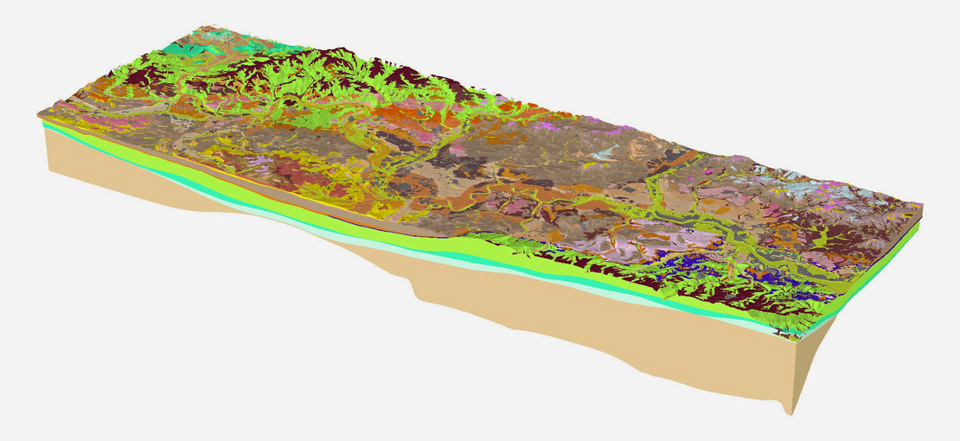
3D geological model of London. BGS © UKRI.
Much of London is built on the London Clay Formation. This unit has clay-rich deposits that expand when wet and shrinks when dry, a phenomenon known as shrink–swell. This movement can cause cracks in buildings, damage roads and disrupt underground utilities.
With climate change, hotter and drier summers followed by intense rainfall are worsening the effects of shrink–swell. The BGS GeoClimate dataset models how these risks may change over time, showing areas most likely to experience future subsidence. Such modelling can allow for preventative or mitigative steps to be put in place to alleviate the effects of the hazard on property and infrastructure.
Glasgow: mining and geothermal energy

Cuningar Loop in Glasgow is home to one of the UK Geoenergy Observatories, investigating the potential to use heat stored in flooded, abandoned mines as a sustainable energy source. Photo by Clyde Gateway.
Glasgow sits on the Carboniferous-aged Limestone Coal Formation and the coal mined from beneath the city powered its industrial growth. The old mine workings have left voids in the subsurface that can collapse and, if the collapse is close to the surface, cause subsidence. However, if potential issues are known, preventative measures can be put in place to reduce the risk.
The BGS Mining Hazard dataset helps identify areas where past underground mining might pose a risk, supporting safer planning and development. Old mine workings are also providing new opportunities as warm water in flooded mine workings can be used to supply low-carbon heat and hot water to offices and homes, turning a legacy of coal mining into a resource for clean energy.
Truro: radon risk from granite

Aerial view of Truro in Cornwall, England. © Alexey_Fedoren / iStockPhoto.com
Truro in Cornwall is a city built on Carboniferous to Permian-aged granite intrusions, which were formed when molten rock slowly cooled deep underground. Granite contains small amounts of the radioactive element uranium, which naturally breaks down (via a series of intermediate, unstable elements) over millions of years to produce radioactive radon gas.
In enclosed spaces like homes and offices, radon may build up to levels that pose a health risk, with prolonged exposure to elevated levels of radon increasing the risk of lung cancer. For most people, the risk of developing lung cancer from exposure to radon remains low. However, the UK Health Security Agency advises you to test your home if you live or work in a radon affected area and there are several methods of reducing high radon levels in buildings.
Cornwall is just one of several areas around the UK were radon gas needs to be considered. The BGS/UKHSA Radon Potential dataset shows where elevated radon levels are most likely, showing where testing and mitigation are needed around the UK to make homes safer.
Cardiff: complex ground and urban redevelopment
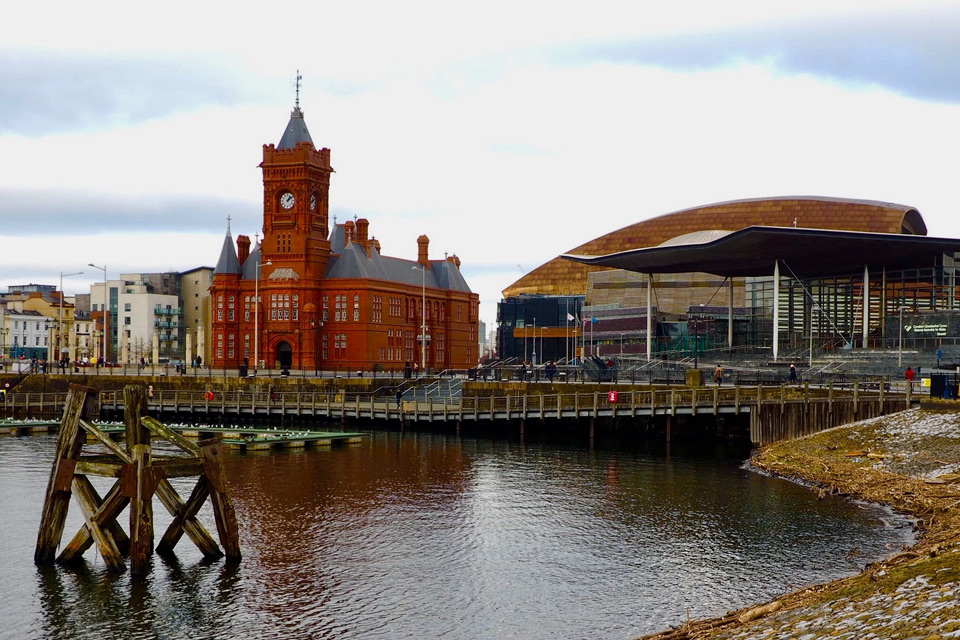
View of Cardiff Bay with the Pierhead Building and the Senedd. BGS © UKRI.
The combination of river sands and gravels, glacial deposits and rocks of the Triassic-aged Mercia Mudstone Group beneath the city of Cardiff affect drainage, groundwater flow and how easily the ground can be built on. As the city continues to grow and redevelop, understanding the subsurface is key for managing groundwater, avoiding subsidence and planning safe infrastructure.
The BGS 3D urban geology model for Cardiff helps to visualise the deposits beneath the city, while the BGS Civils dataset provides practical information on ground stability, excavation difficulty and chemical risks to construction materials.
Every city around the world is shaped or influenced to some degree by the rocks that lie beneath its foundations, a changing coastline along its shore or the risks posed by geohazards such as earthquakes, landslides or radon. As cities continue to grow and face new challenges, from a need to become climate resilient to an increasingly crowded subsurface, understanding the ground beneath them becomes more important than ever.
Urban geoscience connects the past with the present, helping us build cities that are not only functional but also resilient.
Relative topics
Related news

Making research matter: BGS joins leading research organisations in new national initiative
10/12/2025
A new alliance of 35 organisations has been formed, dedicated to advancing science for the benefit of people, communities, the economy and national priorities.

New 3D model to help mitigate groundwater flooding
08/12/2025
BGS has released a 3D geological model of Gateshead to enhance understanding of groundwater and improve the response to flooding.

Scientists gain access to ‘once in a lifetime’ core from Great Glen Fault
01/12/2025
The geological core provides a cross-section through the UK’s largest fault zone, offering a rare insight into the formation of the Scottish Highlands.
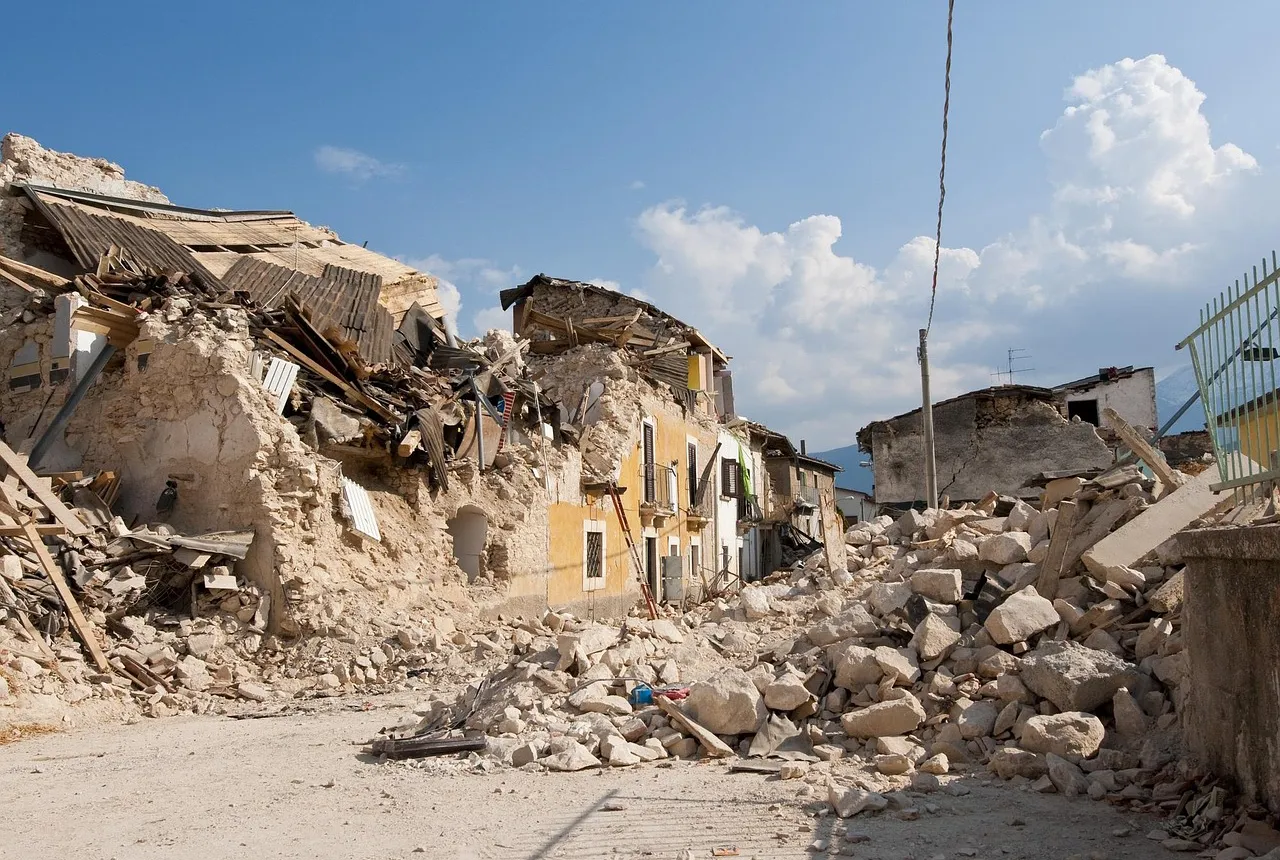
New research shows artificial intelligence earthquake tools forecast aftershock risk in seconds
25/11/2025
Researchers from BGS and the universities of Edinburgh and Padua created the forecasting tools, which were trained on real earthquakes around the world.
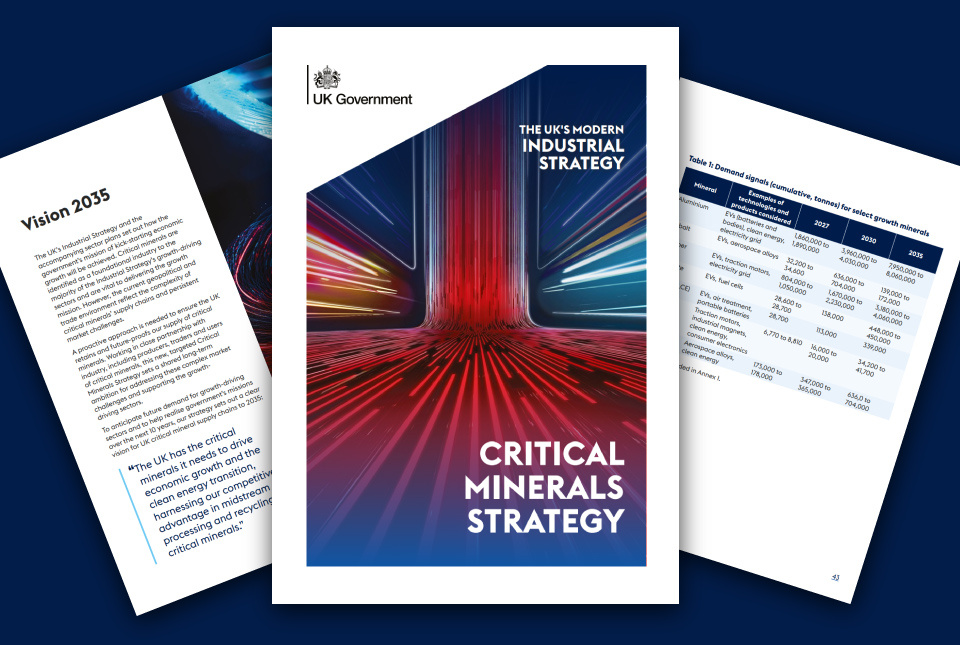
BGS welcomes publication of the UK Critical Minerals Strategy
23/11/2025
A clear strategic vision for the UK is crucial to secure the country’s long-term critical mineral supply chains and drive forward the Government’s economic growth agenda.

New funding awarded for UK geological storage research
21/11/2025
A project that aims to investigate the UK’s subsurface resource to support net zero has been awarded funding and is due to begin its research.

UK braced for what could be the largest solar storm in over two decades
12/11/2025
Intense geomagnetic activity could disrupt technology such as communication systems, global positioning systems and satellite orbits.

First distributed acoustic sensing survey completed at UK Geoenergy Observatory
12/11/2025
New research at the Cheshire Observatory has shown the potential for mapping thermal changes in the subsurface using sound waves.

Latest BGS Geology 50K mapping data launched
06/11/2025
Some of our most widely used maps have received a major update, including the 1:50 000-scale map series that now includes enhanced coverage of Great Britain.

New research highlights significant earthquake potential in Indonesia’s capital city
04/11/2025
Research reveals that a fault cutting through the subsurface of Jakarta could generate a damaging earthquake of high magnitude.

World Cities Day: the geological story of our cities
31/10/2025
Understanding the rocks that underlie our towns and cities, the risks they can present and how they influence urban planning and redevelopment.

GSNI project wins multiple awards at RegioStars event
17/10/2025
The AGEO project enjoyed a double success at the RegioStars awards, hosted at the European Commission in Brussels.
